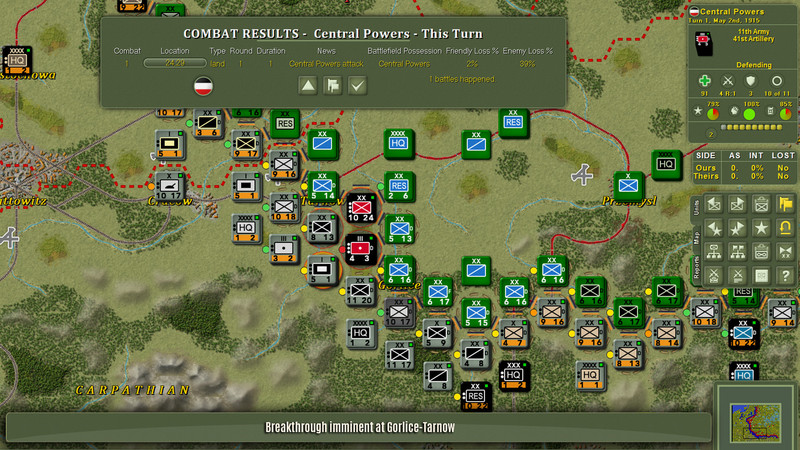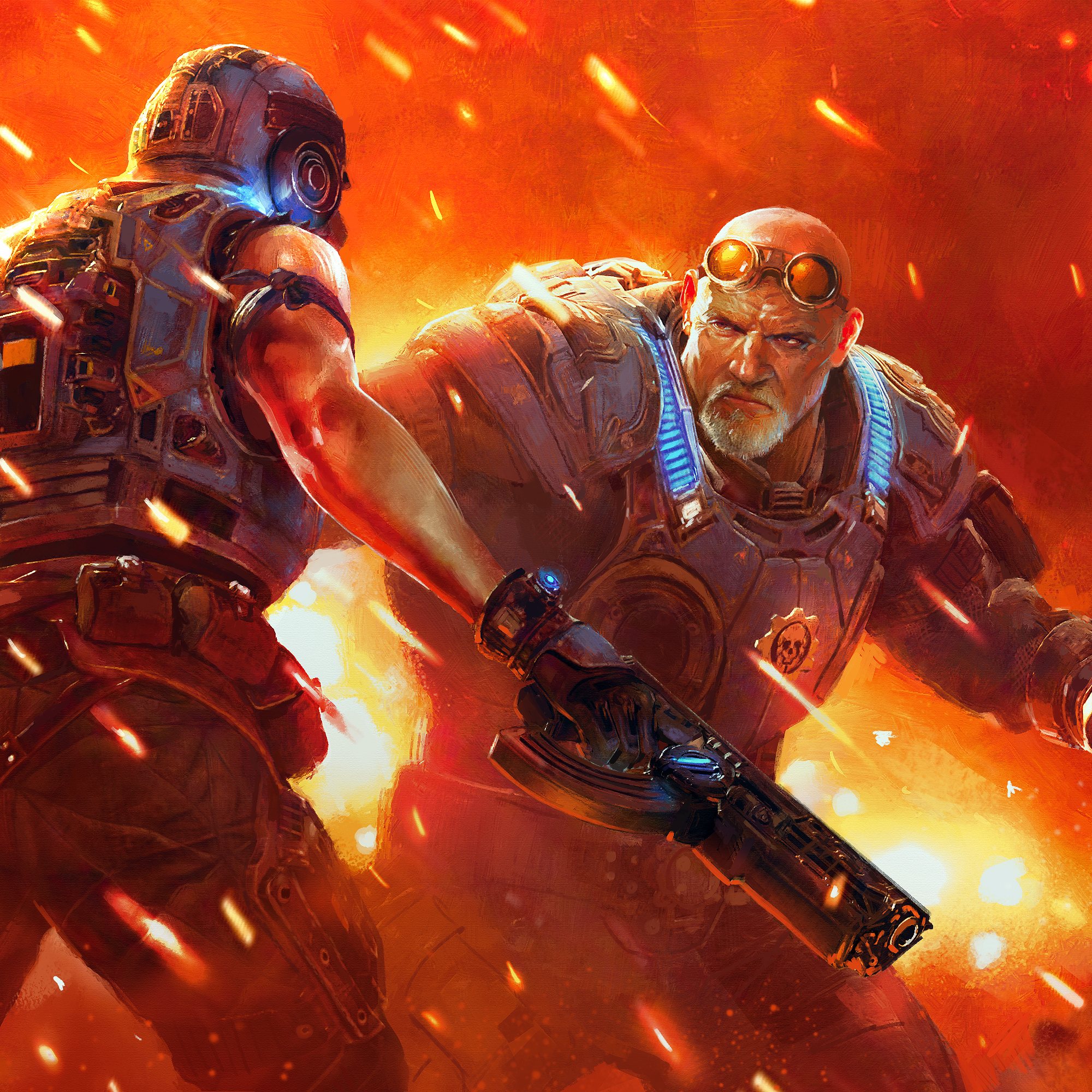
Based on the War in the East engine with years of additional major features and improvements, War in the West provides players the chance to pick alternative strategies in both the land and air parts of the war. Thousands of feet above the battles on the ground, War in the West also covers the air war and the Allied strategic bombing campaign. Starting with the Summer 1943 invasions of Sicily and Italy and proceeding through the invasions of France and the drive into Germany, War in the West brings you all the Allied campaigns in Western Europe and the capability to re-fight the Western Front according to your plan. Liddell Hart, History of the Second World War (London: 1973 edn) pp.667–8.Gary Grigsby’s War in the West is the most ambitious and detailed computer wargame on the Western Front of World War II ever made. IV, The Reconquest of Burma (London: 1965) p.428.ī.H. Woodburn-Kirby The War Against Japan, Vol. Slim, Unofficial History (London: 1959) p.156. Slim, Campaign of the 14 Army (Melbourne: 1950) p.8. Irwin, The Levels of War, Operational Art and Campaign Planning (Camberley: 1993) p.7. See also Slim, ‘Higher Command in War’, Military Review, Vol. Slim, Defeat into Victory, pp.379, 390–2. Slim, ‘Higher Command in War’ Military Review, Vol. Norman Dixon, On the Psychology of Military Incompetence (London: 1976) pp.152–3. For the Arakan debacle in late 1942 and early 1943 see Slim, Defeat into Victory, pp.161–2 (for Slim’s remedies for the crisis in morale, see pp.179–83, 186–92). Mains, The Retreat From Burma (London: 1973) p.94. Cross, Jungle Warfare: Experiences and Encounters (London: 1989) p.48 Carew, The Longest Retreat: The Burma Campaign 1942 (London: 1969) pp.67–71, 111 See also Sir John Smyth, The Valiant (London: 1970) p.98 For the retreat from Burma in 1942 see ibid., p.30.

Fraser, Quartered Safe Out Here (London: 1992) pp.35–6 and Hickey, Unforgettable Army, pp.216–17. Lunt, ‘A Hell of a Licking’: The Retreat from Burma 1941–2 (London: 1986) pp.197–8. See also Slim, Defeat into Victory, p.445. In the ability to provide the shock action necessary for Slim to dominate the battlefield Louis Allen argued that it was the possession of armour that gave Slim a decisive advantage: Louis Allen, ‘The Campaigns in Asia and the Pacific’, in John Gooch (ed.), Decisive Campaigns of the Second World War (London: 1990) p.168. Its considerable garrison was hunted into the open, and there was a good killing’. Commenting on this particular attack, Slim remarked that ‘The Japanese had had no experience of these massed armoured attacks and seemed quite incapable of dealing with them. Ronald Lewin, Slim: The Standard Bearer (London: 1976) p.233. Morris, ‘Manoeuvre Warfare: Can the British Army Cope?’, BAR, Vol. Fraser, And We Shall Shock Them (London: 1983) p.295.Ĭolonel A.R.

See Allen, Burma, pp.113–15 and Frank Owen, The Campaign in Burma (London: 1946) p.46. Louis Allen, Burma: The Longest War (London: 1984) p.98. Slim, Defeat into Victory (London: 1956) pp.7, 211. Grant, Burma: The Turning Point (Chichester: 1993) p.32. See also Philip Zeigler, Mountbatten (London: 1985) p.295. Sixsmith, British Generalship in the Twentieth Century (London: 1970) p.290. Hickey The Unforgettable Army: Slim’s XIVth Army in Burma (Tunbridge Wells: 1992) p.227.

Evans, Slim as Military Commander (London: 1969) p.27. Later Lieutenant-General Sir Archibald Nye. Barker, The March on Delhi (London: 1963) p.49. Kiszely The British Army and Approaches to Warfare since 1945 (Camberley: 1997) pp.7–9.Ī.J. Keegan (ed.), Churchill’s Generals (London: 1991) p.319.įor a brief resume of Montgomery’s postwar legacy see J. This process is experimental and the keywords may be updated as the learning algorithm improves. These keywords were added by machine and not by the authors. 3 Calvert was right about this if nothing else: through dint of Fourteenth Army’s remarkable defeat of the Japanese in Burma in 1945 it can be argued that Slim did indeed reach the epitome of military virtue. 2 But even Calvert was prepared to accede one accolade to Slim, describing the capture of Meiktila in 1945 as bearing ‘the mark of genius’. Duncan Anderson, by contrast, places Slim ‘in the same class as Guderian, Manstein and Patton as an offensive commander’. Calvert, a protégé of Wingate in the two Chindit expeditions of 19, no doubt had his own axe to grind. Michael Calvert’s assessment of Slim’s performance at the head of the victorious Fourteenth Army could scarcely be more tendentious, not the least because it accords with no other critical evaluation of Slim’s military achievements in Burma.


 0 kommentar(er)
0 kommentar(er)
